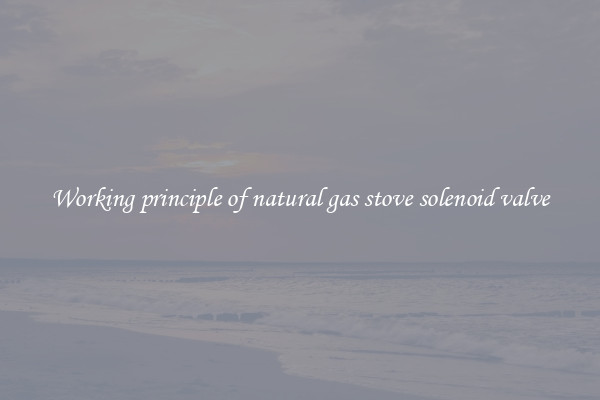Working principle of combination valve
Combination valves are an essential component in various mechanical systems, particularly in situations that require control over fluid pressure and flow. These valves utilize a combination of different valve types to regulate the flow of fluids, ensuring optimal performance and safety.

The working principle of a combination valve involves the integration of different valve types, such as check valves, pressure relief valves, and pressure sustaining valves. By combining these valves into a single unit, it becomes possible to control the flow, direction, and pressure of fluids flowing through a system.
The combination valve typically consists of an inlet, outlet, and a control mechanism. The control mechanism is responsible for regulating the different valve components, allowing for the desired flow and pressure conditions to be achieved.
One of the main elements of a combination valve is the check valve. This valve allows the fluid to flow in only one direction, preventing backflow and ensuring the fluid moves in the desired direction. This prevents any potential damage or disruption to the system caused by reverse flow.
The pressure relief valve is another crucial component of the combination valve. This valve acts as a safety mechanism, preventing the pressure from exceeding a certain threshold. If the pressure surpasses this threshold, the valve opens and releases the excess pressure, protecting the system from potential damage or failure.
The pressure sustaining valve is responsible for maintaining a specific pressure level within the system. This valve ensures that the pressure does not drop below a set value by controlling the flow rate and maintaining a consistent pressure throughout the system.
The combination valve operates by utilizing these different valve types in harmony. When the fluid enters the valve through the inlet, it first passes through the check valve, which allows flow in only one direction. If the pressure exceeds a specific limit, the pressure relief valve opens, releasing the excess pressure and protecting the system from damage.
Simultaneously, the pressure sustaining valve monitors and maintains the desired pressure within the system. It modulates the flow rate to keep the pressure at the desired level.
In summary, combination valves are a versatile and essential component in various mechanical systems. Their working principle involves the use of different valve types to regulate the flow and pressure of fluids, ensuring optimal performance and safety. By integrating check valves, pressure relief valves, and pressure sustaining valves, combination valves provide efficient control over fluid flow and pressure, contributing to the smooth operation of systems in a wide range of applications.

View details

View details

View details

View details








